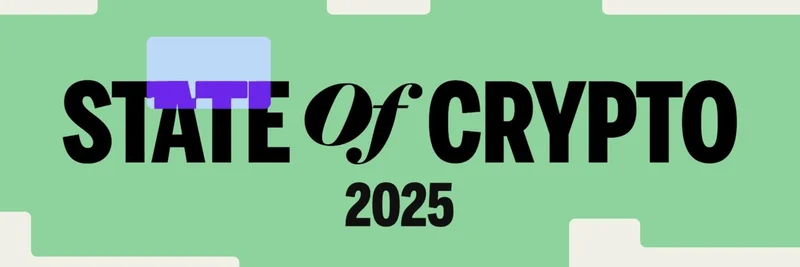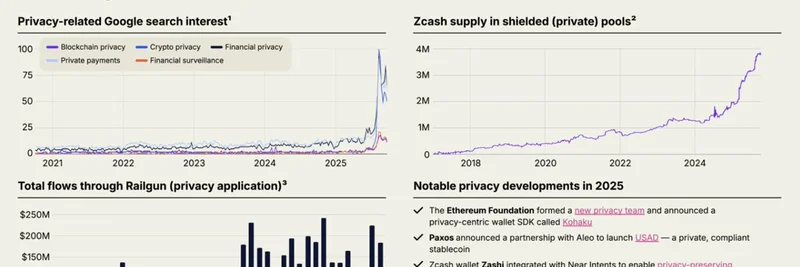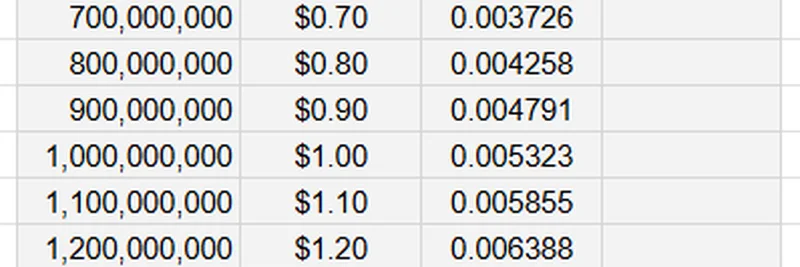Hey there, meme enthusiasts and blockchain buffs! If you've been keeping an eye on the DeFi space, you might have caught wind of some rough news. The decentralized exchange Bunni, which had been making waves with its innovative liquidity features, just pulled the plug after a nasty exploit back in September. This story broke via a tweet from BSCNews, and it's got the crypto community buzzing. Let's break it down in simple terms—what happened, why it matters, and especially how it ties into the wild world of meme tokens.
The Exploit: A Flash Loan Fiasco
Bunni wasn't your average DEX. Built on top of Uniswap V4's hooks—a fancy way to add custom features to the popular swap protocol—Bunni introduced something called the Liquidity Distribution Function (LDF). Think of LDF as a smart tool that helps liquidity providers (those folks who park their crypto in pools to earn fees) get better returns by optimizing how assets are spread out.
But here's where things went south. In early September, hackers spotted a vulnerability in this LDF setup. They used flash loans—temporary, no-collateral borrows that are a staple in DeFi—to manipulate the system. Combined with some rounding errors (basically, tiny math glitches in the code that added up big time), the attackers drained about $8.4 million, mostly in stablecoins like USDC and USDT. This hit happened across Ethereum and Unichain networks, with losses split roughly $6 million on Unichain and $2.4 million on Ethereum, according to reports from Crypto News.
Even though Bunni had audits from reputable firms like Trail of Bits and Cyfrin, this bug slipped through as a "logic-level flaw." The team offered a 10% bounty to get the funds back, but no dice—the hackers ghosted them.
Why Shut Down? The Cost of Coming Back
Fast forward to October 23, and Bunni's team threw in the towel. In their announcement, they explained that the hack tanked their total value locked (TVL)—that's the amount of crypto stashed in the platform—from over $60 million to basically zilch. Trading ground to a halt, and rebuilding would cost "six to seven figures" in audits, monitoring, and development time. For a project like this, that's just not feasible.
It's a tough pill to swallow, but it highlights a harsh reality in DeFi: even innovative projects can crumble under the weight of a single breach. As the team put it, the exploit "halted growth and left the project unable to afford a secure relaunch."
What About Users and Token Holders?
If you're a Bunni user, don't panic just yet—you can still withdraw your assets through their website for now. That's a small silver lining. For token holders, there's more: the remaining treasury will be distributed to folks holding BUNNI, LIT, or veBUNNI tokens. They'll take a snapshot once the legal stuff wraps up, and importantly, the team is excluding themselves from the payout. That's a classy move in a space where rug pulls (when devs bail with the funds) are all too common.
The team's also working with law enforcement to chase down the stolen funds, though recoveries in crypto hacks are hit-or-miss.
Tying It Back to Meme Tokens
Now, you might be wondering: what's this got to do with meme tokens? Well, at Meme Insider, we're all about those fun, viral coins like DOGE or PEPE that capture the internet's imagination. Bunni, with its bunny-themed name and BUNNI token, had a bit of that meme vibe itself. But more importantly, DEXes like Bunni are where a lot of meme token action happens. Traders swap, provide liquidity, and hunt for the next big pump on these platforms.
An exploit like this shakes confidence in DeFi as a whole. Meme tokens thrive on hype and quick trades, but if the underlying exchanges aren't secure, it scares off investors. Remember, many meme projects launch on Uniswap-style DEXes, and vulnerabilities can lead to massive losses. This Bunni saga is a reminder for meme creators and traders to prioritize security—get those audits, test rigorously, and maybe even consider insurance protocols.
Plus, with over $3.1 billion lost to hacks in 2025 alone (as per industry reports), it's clear the meme ecosystem needs to level up its defenses to keep the fun going without the financial heartbreak.
Lessons Learned and Looking Ahead
In the end, Bunni's shutdown is a bummer, but they're going out with a positive note: they've open-sourced their code under the MIT license. That means other devs can build on their LDF, surge fees, and rebalancing tech for free. It's a generous gift to the DeFi community.
For us in the meme token world, this is a wake-up call. Stay vigilant, diversify your holdings, and always DYOR (do your own research). If you're building the next big meme project, learn from Bunni—innovation is great, but security is non-negotiable.
Keep an eye on Meme Insider for more updates on how events like this shape the blockchain landscape. What's your take on the Bunni exploit? Drop a comment below!




